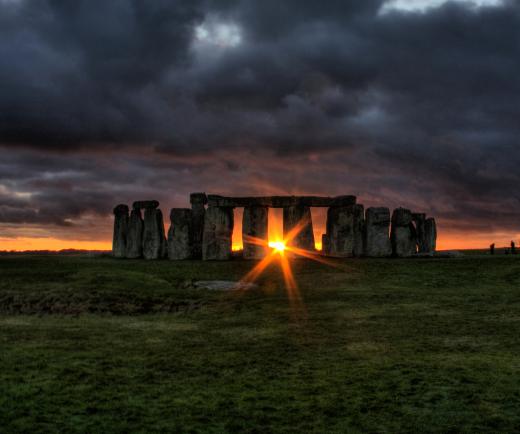What Are the Different Types of Archaeology?
Archaeology is a scientific discipline that analyzes human remnants and artifacts to learn about the past. All types of archaeology are based on the study of material culture, which includes most physical objects used by humans. While each of the individual types of archaeology has the same goals, some specialties have unique challenges. Underwater archaeology deals with shipwrecks or ruins that are submerged under the sea. Ethno-archaeology combines the examination of historic artifacts with the study of currently living cultures, while aerial archaeology uses images from satellites and aircraft to gain a new perspective on a historic area.
Underwater or marine archaeology often requires special equipment and knowledge. This is one of the types of archaeology dealing with ships or old architectural locations that are inaccessible from land. Many shipwrecks contain important information about the trade or military history of a culture. In some cases, cold water can help preserve artifacts and provide a unique perspective into the past. Marine archaeologists often use diving gear, waterproof cameras, or even underwater robots to survey a submerged site.

Most types of archaeology are primarily focused on the past. Ethno-archaeology takes a somewhat different approach, and seeks to study living groups in order to gain historical insight. With this method, scientists typically spend time with the direct descendants of an ancient group and use their observations to improve the archaeological record. One example of ethno-archaeology might be a scientist living with a primitive tribe in Africa, and comparing their method of building spears to archaeological discoveries of similar ancient tools.

Technological advances such as aircraft and satellites have led to new types of archaeology. By studying a site from above, scientists can view a location in the context of the surrounding landscape. This helps experts to visualize the relationship between the land and a man-made structure. Aerial archaeology can also reveal details or features that were previously invisible. The shadows created by land variations can provide clues to buried artifacts.

In some cases, aerial archaeology is the only way to properly view a location. Ancient geoglyphs in the Nazca Desert of Peru, for instance, are nearly invisible from the ground. A birds-eye perspective reveals shapes and designs that were unknown to observers prior to the 1930s. In the 21st century, the availability of advanced imaging satellites has allowed archaeologists to study many formations in great detail. Some archaeologists use infrared satellite imagery to detect objects that are buried out of sight, and discovery interesting locations that were previously obscured.
AS FEATURED ON:
AS FEATURED ON:














Discuss this Article
Post your comments